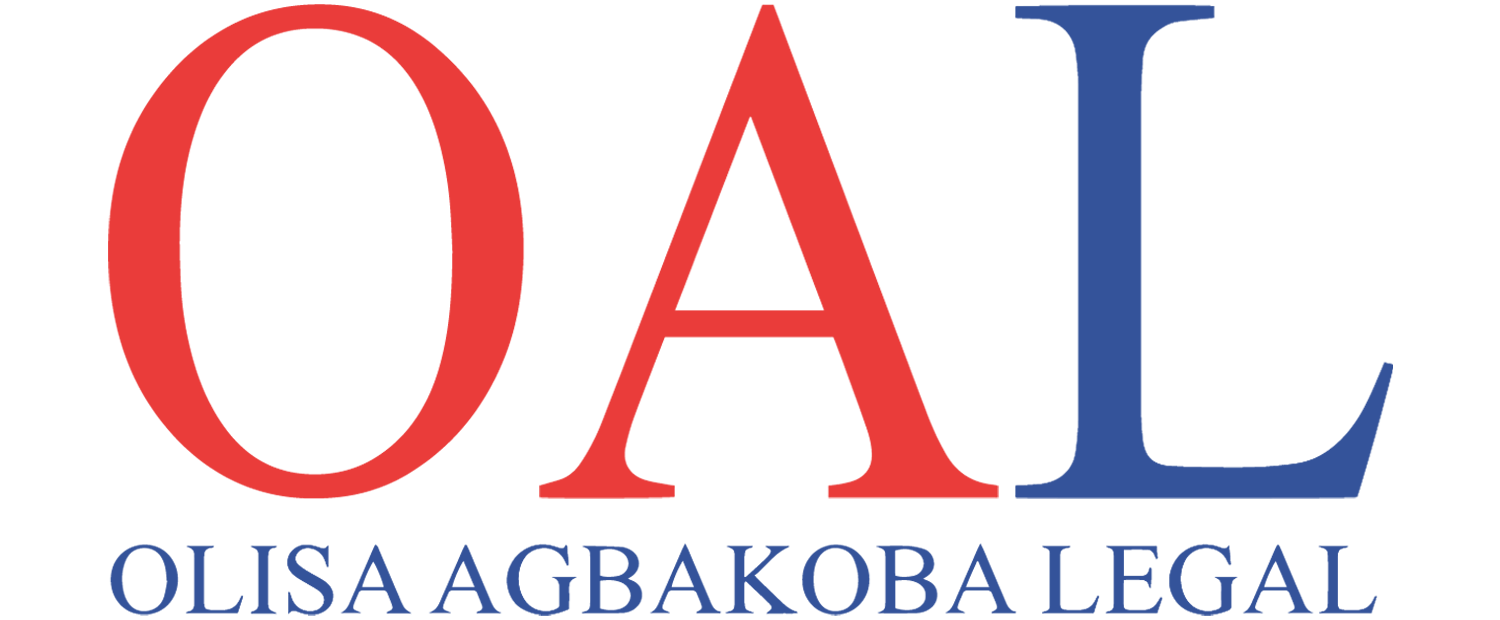
The aviation sector is one of the major pillars of Nigeria’s economy, connecting regions, enabling trade, and supporting tourism. Yet, airlines frequently encounter financial strain due to economic downturns, fuel price fluctuations, and regulatory changes. Unlike many other countries, Nigeria lacks aviation-specific insolvency legislation, leaving airlines dependent on the general corporate laws under the Companies and Allied Matters Act (CAMA) 2020, the Civil Aviation Act, the Insolvency Regulations 2020, and the Asset Management Corporation of Nigeria (AMCON) Act.
Aviation insolvency is a complex issue involving high-value mobile assets, such as aircraft, and international leasing and financing arrangements. Key stakeholders, such as aircraft owners, lessors, financiers, and various operators, are affected by insolvency in the industry.
Insolvency cases typically fall under two types: cash-flow insolvency, where companies lack the liquidity to pay off debts, and balance-sheet insolvency, where liabilities exceed assets. In the cases of Nigeria’s aviation industry, these cases can lead to grounded planes and asset repossession delays, disrupting operations and affecting both creditors and passengers. The insolvency framework in Nigeria, under CAMA 2020, includes receivership, administration, company voluntary arrangements, and liquidation. AMCON’s receivership takeover of Arik Air in 2017 exemplified this approach, while the administration provides temporary protection for companies to reorganise debt structures. Although these mechanisms offer some support, aviation’s cross-border and asset-intensive nature calls for more specialised insolvency strategies.
To address these challenges, Nigeria ratified the Cape Town Convention on International Interests in Mobile Equipment (2001), establishing clear repossession and deregistration rights for aircraft assets. This allows the use of an Irrevocable Deregistration and Export Request Authorization (IDERA) whereby the creditors can repossess the aircraft without court intervention, thereby decreasing the risk for the lender and increasing capital inflow toward the aviation industry. IDERA streamlines repossession and provides creditors with more assurance in cases of lessee default or insolvency, making it an essential mechanism under the insolvency framework for Nigerian aviation.
Globally, various countries have adopted insolvency practices to suit the specific needs of the aviation industry. For example, the U.S. Chapter 11 Bankruptcy Code allows airlines to restructure while remaining operational, the UK’s Administration and CVA frameworks support corporate rescue, and South Africa’s Business Rescue proceedings protect distressed companies from creditors during restructuring. Nigeria has incorporated international best practices through conventions like Cape Town, but more aviation-focused laws and governmental support would strengthen the sector’s resilience. The development of sector-specific insolvency regulations would boost stakeholder confidence, ensuring Nigeria’s aviation sector remains strong and economically essential.
Conclusion
The aviation sector requires specialised legal frameworks for restructuring and insolvency that can address the industry’s unique complexities, such as international operations, aircraft financing, and asset-heavy structures. While laws like the Companies and Allied Matters Act (CAMA) in Nigeria provide a general framework, they do not adequately address the specific insolvency challenges faced by the aviation industry. A more focused approach is necessary to preserve airline operations and enable the efficient restructuring of aviation assets.
